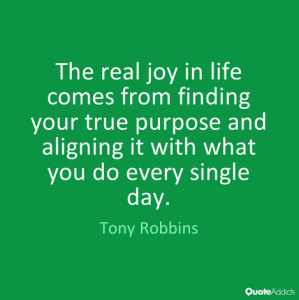Agility and Innovation in an Increasingly Open World

Can we reset the clock? Or do we look afresh? How can we plug innovation back in? How does Agility figure in this? Knowing the answer to evolve innovation in an increasingly open world is never easy.
Can you drawdown and still rely selected parts from the past or do you need to step back and see emerging patterns in different ways? Can you make new connections but recognise the value of past learning but combine these differently? I think yes.
I’ve been taking some time out of the daily innovation business to look towards where I’d like my future direction for innovation to head. These are early days and as I learn, I sure I’ll pivot to emerging market needs within the innovation advisory market place.
I feel there are nine primary components that are making up my shift in my innovation focus for my future focal points. These are not, at present “written in stone” but I feel can move my innovating work towards a higher maximization of value for my advice to clients. Perhaps this will also allow me to have a sharper focus.
Let me share these:





 Don’t let anyone tell you it is easy to run your own business, it is far from that. I thought I’d write about what and where it has meaning for me in this “finding our true purpose”.
Don’t let anyone tell you it is easy to run your own business, it is far from that. I thought I’d write about what and where it has meaning for me in this “finding our true purpose”.